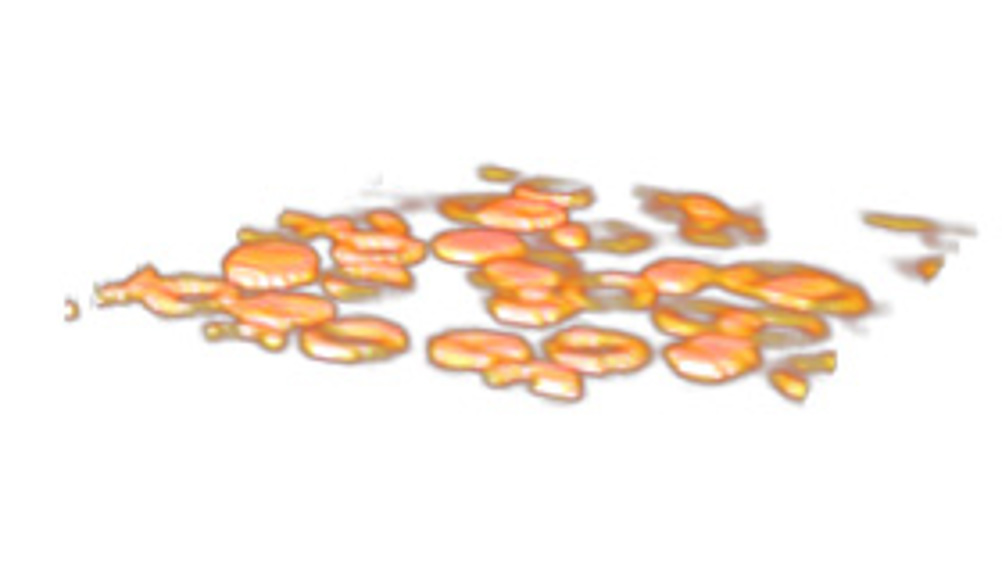Laser based screening
Duke University chemists have demonstrated a system that can capture 3D images of changes taking place beneath the surface of human skin.

In an early step toward non-surgical screening for malignant skin cancers, Duke University chemists have demonstrated a laser-based system that can capture three-dimensional images of the chemical and structural changes taking place beneath the surface of human skin.
‘The standard way physicians do a diagnosis now is to cut out a mole and look at a slice of it with a microscope,’ said Warren Warren, the James B. Duke Professor of chemistry, radiology and biomedical engineering, and director of Duke's new Center for Molecular and Biomedical Imaging.
‘What we're trying to do is find cancer signals they can get to without having to cut out the mole.’
‘This is the first approach that can target molecules like haemoglobin and melanin and get microscopic resolution images the equivalent of what a doctor would see if he or she were able to slice down to that particular point,’ Warren said.
The distributions of haemoglobin, a component of red blood cells, and melanin, a skin pigment, serve as early warning signs for skin cancer growth. But because skin scatters light strongly, simple microscopes cannot be used to locate those molecules except right at the surface.
Register now to continue reading
Thanks for visiting The Engineer. You’ve now reached your monthly limit of news stories. Register for free to unlock unlimited access to all of our news coverage, as well as premium content including opinion, in-depth features and special reports.
Benefits of registering
-
In-depth insights and coverage of key emerging trends
-
Unrestricted access to special reports throughout the year
-
Daily technology news delivered straight to your inbox










UK Enters ‘Golden Age of Nuclear’
The delay (nearly 8 years) in getting approval for the Rolls-Royce SMR is most worrying. Signifies a torpid and expensive system that is quite onerous...